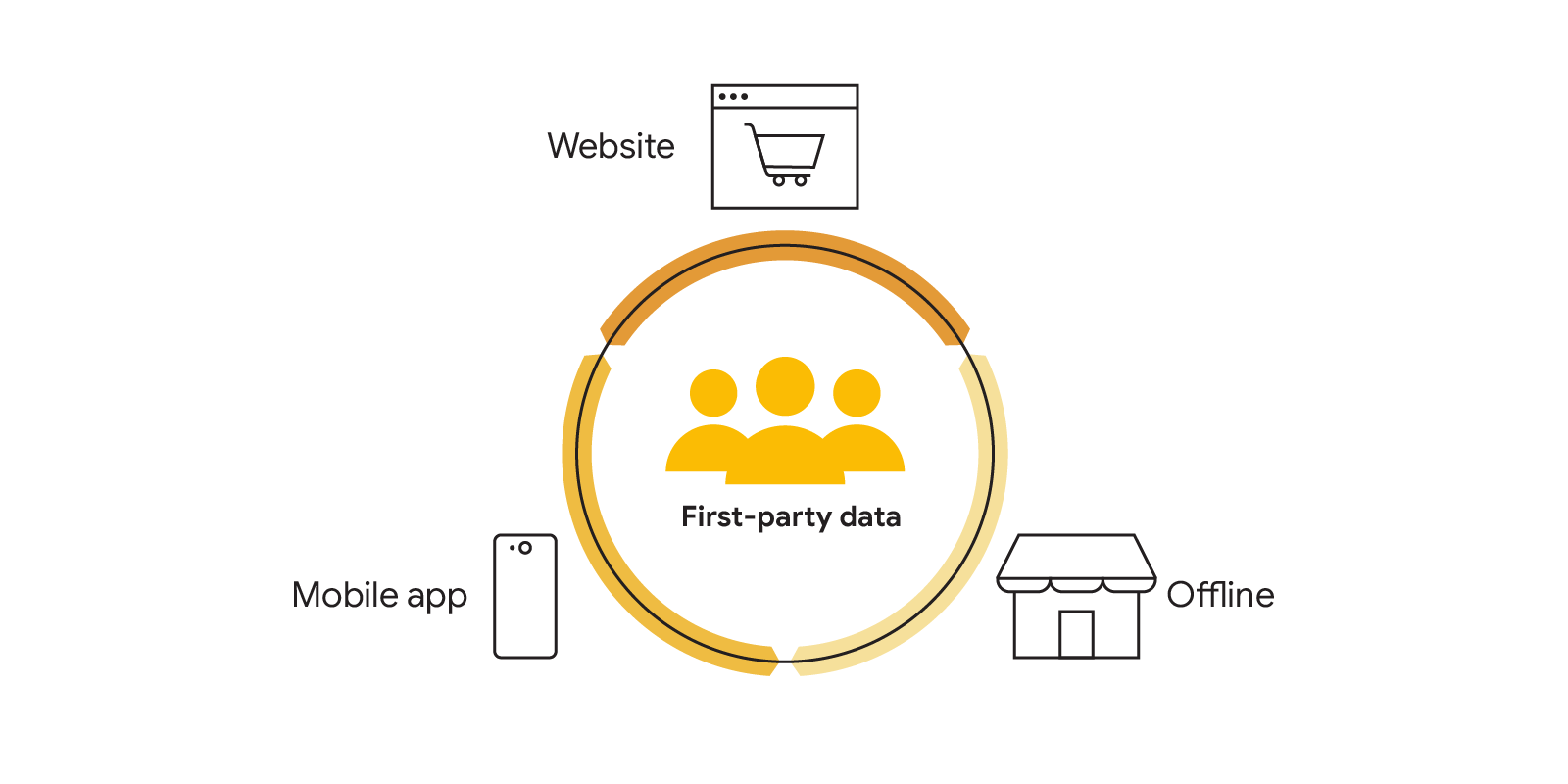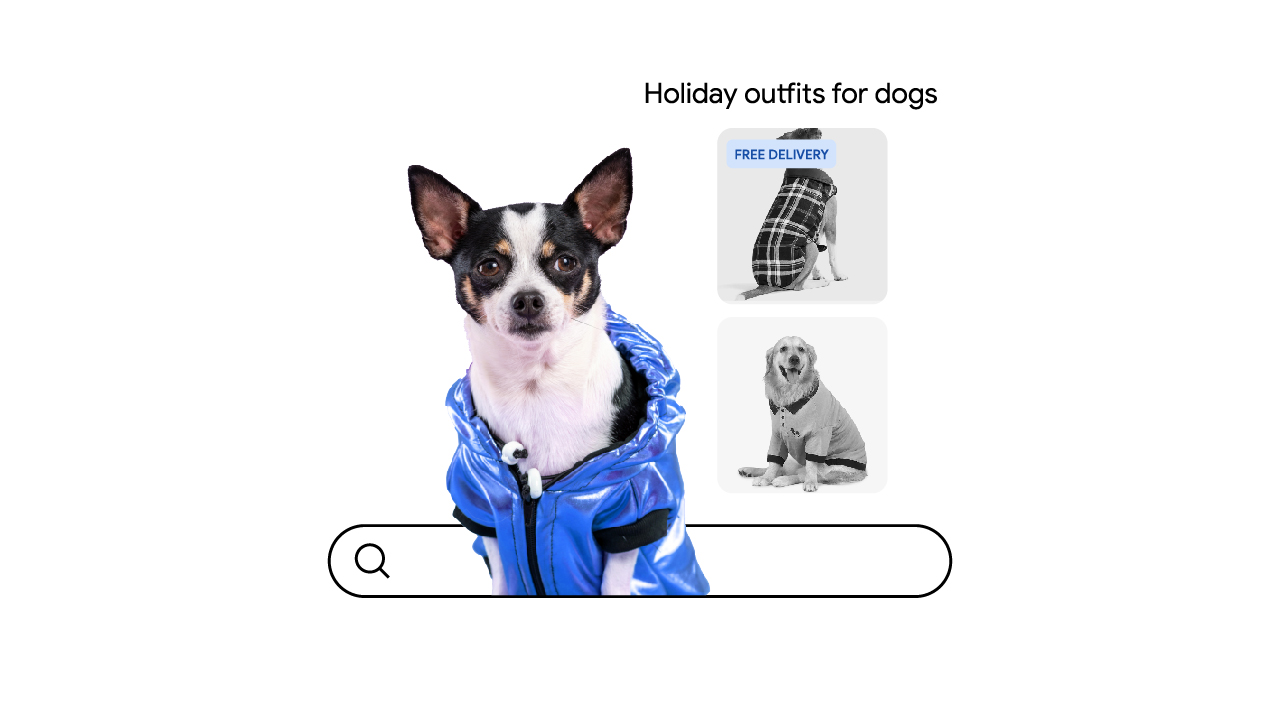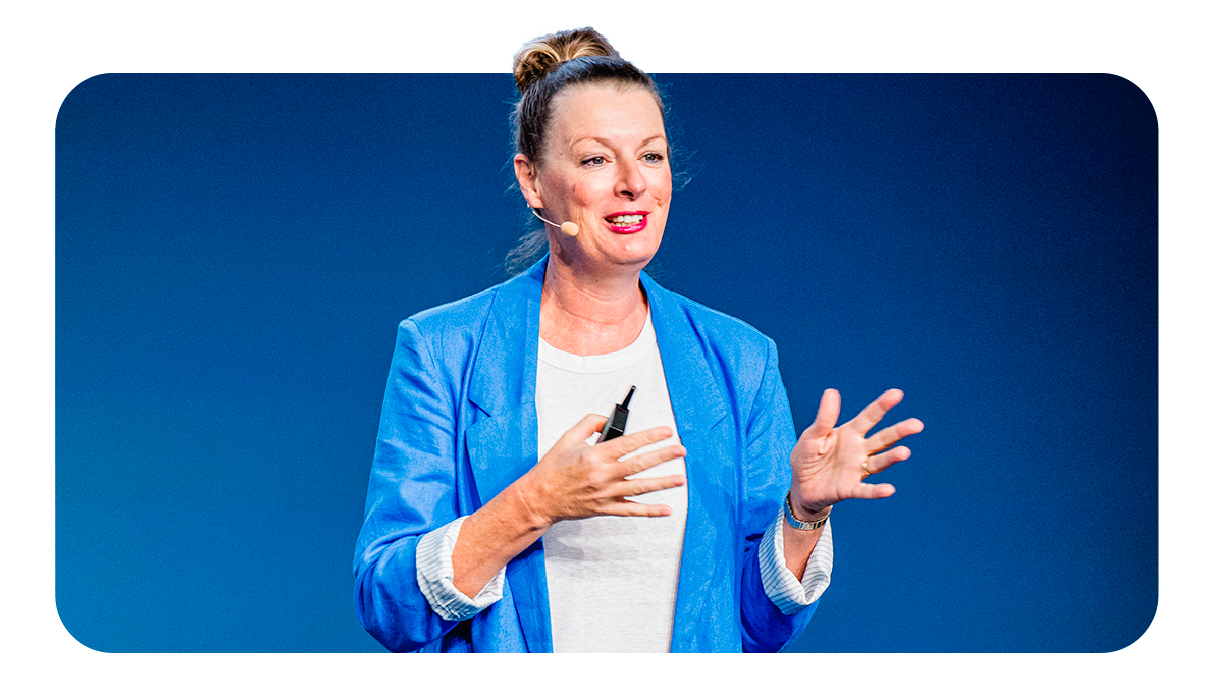The pace of consumer behavioural change has ramped up over the past two years, challenging brands to show up with useful information at every step in the shopping journey — online and off — even as expectations shift. Here, Head of Online and Omnichannel Rachel Klooz shares how prioritising first-party data and marketing automation can help businesses meet consumers in the moments that matter and realise the opportunities of commerce, everywhere.
Now more than ever, shopping is a digital-first experience for Australians and New Zealanders. Rather than relying on physical stores to discover new products or see what’s in stock, a consumer’s first instinct is to reach for their phone or laptop to look for more details online.
In fact, 1 in 2 Australians under the age of 55 are using Search to find information about what they might need — and this behaviour is on the rise.1 With more than half of retail searches in Australia and New Zealand happening outside of regular working hours,2 convenience is key for helping consumers discover your brand anywhere, anytime, to drive meaningful action.

Although the retail customer journey may seem increasingly difficult to plan for, you can take a few actions now to create agile, multichannel commerce experiences and future-proof your marketing strategy.
Gather insights with first-party data
Insights are essential to understanding consumers’ motivations and connecting with them in meaningful ways, both in-store and online. First-party data, such as email addresses and purchase histories, is an accurate and privacy-safe way to learn more about your customers’ shopping habits. From discovery to purchase, these insights can help you identify new ways to offer people value.
Start by taking inventory of the information your business already collects, then build your first-party data strategy across the following touchpoints:

- Website: Make the most of the data customers share with you by investing in a strong sitewide tagging infrastructure. This sets first-party cookies to measure conversions so you can identify unique users and get a fuller picture of their shopping behaviour.
- Mobile app: Add a software development kit (SDK) to your retail app to help you gather key insights from the moment consumers download. SDKs collect information like in-app purchases and session length, so you can understand how much time people spend on different sections of your mobile site.
- Offline: Organise the data people share with you offline when shopping in your stores with a customer relationship management tool, then import your offline conversions to measure campaign performance with tools such as Google Ads, Google Analytics, Campaign Manager 360, and Search Ads 360.
Once you’ve levelled up your first-party data collection, get a more holistic view across omnichannel retail touchpoints and make sure you’re keeping customers engaged as they move through their shopping journeys with tools such as Customer Match.
Build your capabilities with automated solutions
In today’s digital-first world, retail never sleeps. That means for brands to get ahead, they need always-on solutions that can adjust to shifting consumer behaviours and show relevant content in the right place, at the right time. This is where marketing automation comes in.
Machine learning-driven solutions such as conversion-based automated bidding and value-centric automated bidding can help you save time and improve performance by optimising ads for conversions or conversion value, depending on the inputs you set. These strategies are highly customisable, and your marketing objectives should be at the heart of them.
Similarly, Performance Max is a new type of goal-based campaign that combines automation technologies across bidding, budget optimisation, audience, creatives, and attribution to identify new audiences and prompt more high-value conversions across channels in real-time. Introducing one of these machine learning solutions can help streamline your strategy and make the most of your budget — all while providing valuable insights to fuel future campaigns.

YouTube provides another unique opportunity for brands and retailers to connect with people during valuable moments of discovery — no matter when those moments take place. Video action campaigns can help scale your video ads automatically across the YouTube Home feed, watch pages, connected TV, Search, and more by using machine learning to drive conversions.
You can also encourage viewers to shop by attaching a product feed to your campaigns. Having eye-catching, browsable product imagery alongside your ads can inspire potential shoppers and direct them to specific product pages on your website, creating a seamless path to purchase. Australian online fashion retailer The Iconic did this to drive greater engagement.

Future-proof your retail strategy
As omnichannel retail becomes the new normal for brands, a strategy that prioritises first-party data and marketing automation will be key to remaining helpful for consumers everywhere — even when you don’t know as clearly what they’ll do next. By following these steps, you’ll build a digital foundation for your business that’s reliable, agile, and most importantly, future-proof in the years to come.







